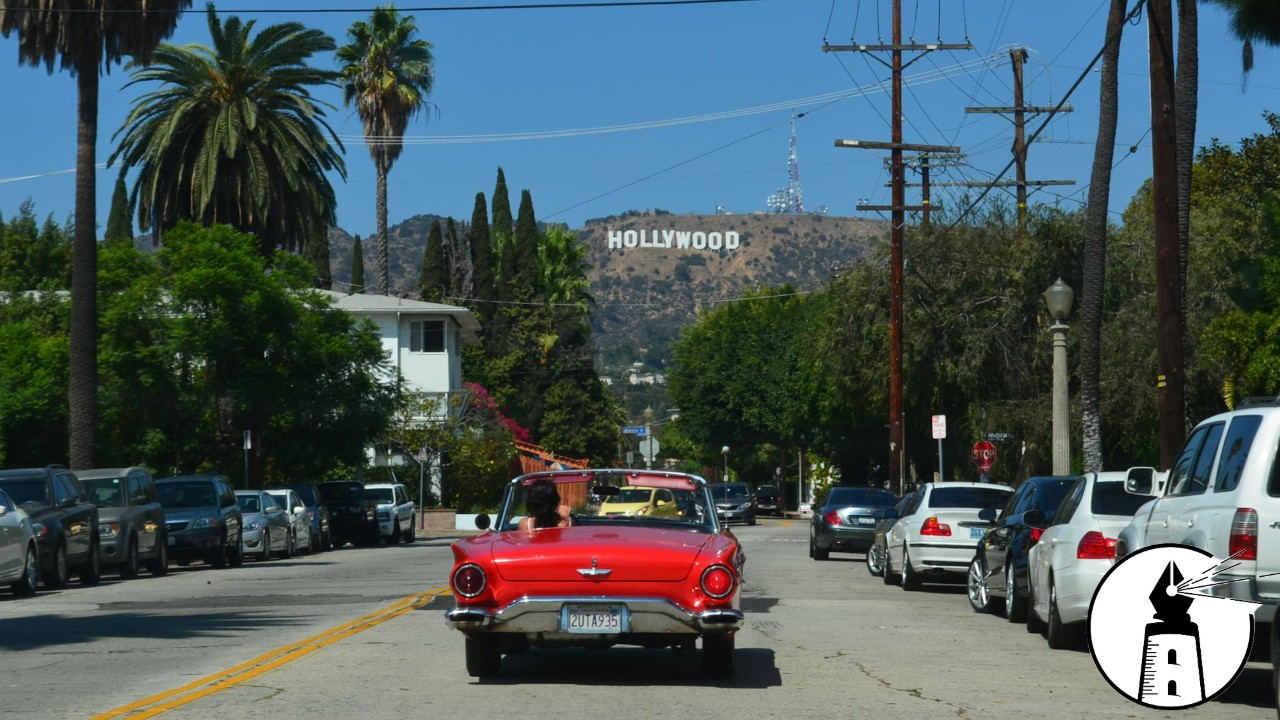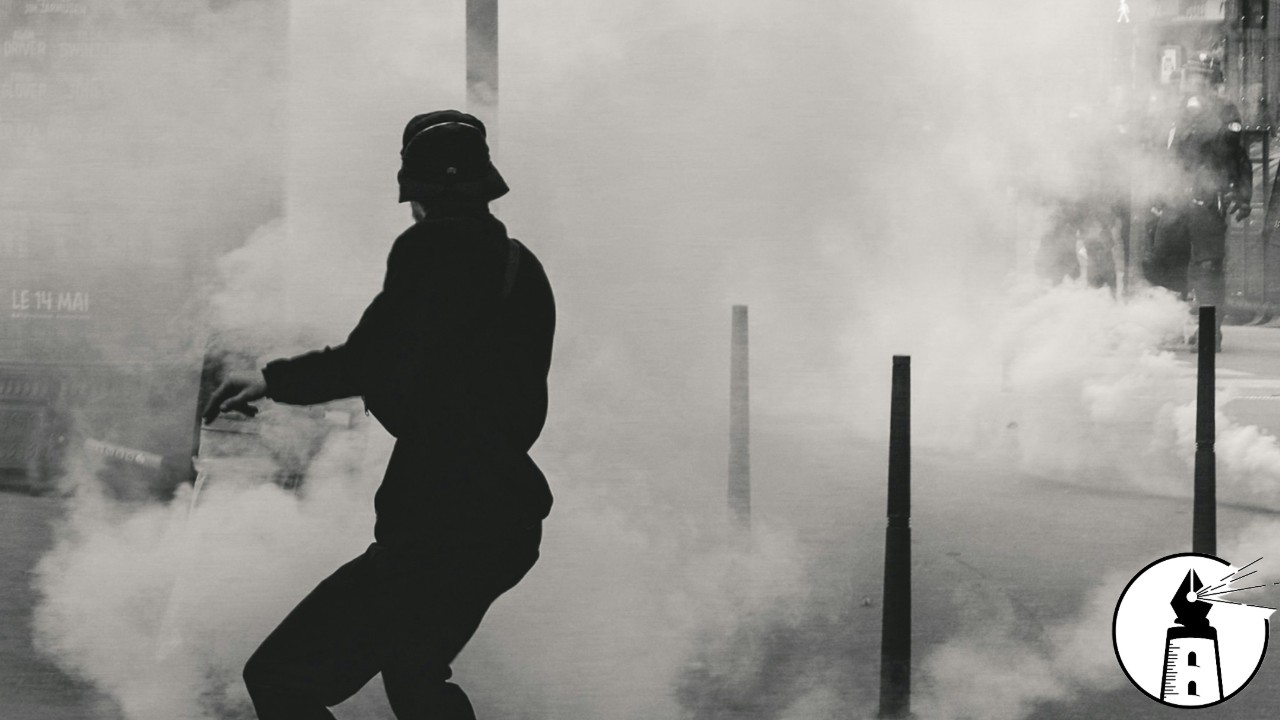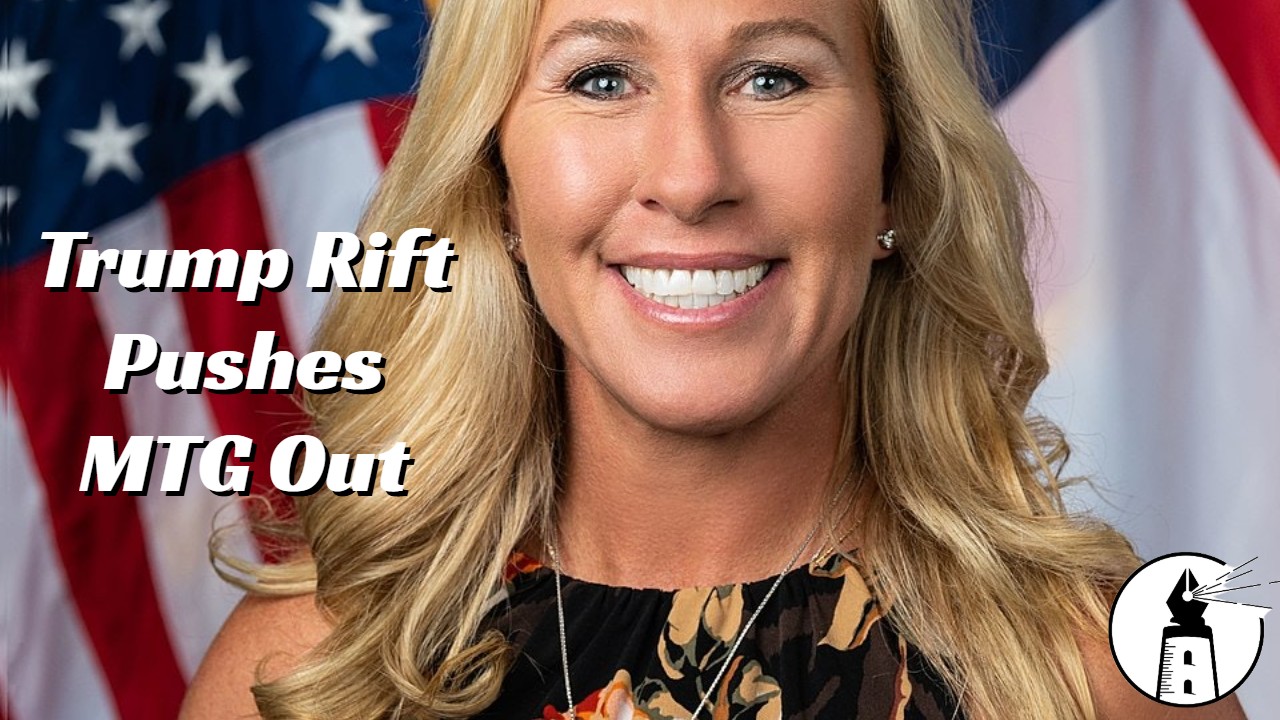As protests in Los Angeles continue, a troubling narrative has emerged in national media coverage. While news outlets across the country highlight images of burning vehicles, shattered windows, and military deployments, they often omit a crucial fact, the protests are geographically limited. Despite the dramatic footage, the unrest is confined to a relatively small area of downtown Los Angeles. The rest of the city, home to more than four million people, continues with daily life largely unaffected.
It’s not the first time this type of media distortion has taken place. During moments of political or civil unrest, especially in sprawling metropolitan areas like Los Angeles, there is a tendency among national outlets to frame events in the most sensational way possible. Tight shots of burning electric vehicles or lines of National Guard troops suggest a city on the brink. Headlines describing Los Angeles as a war zone or under siege paint a picture that doesn’t reflect the broader reality.
This misrepresentation has real consequences. It distorts public perception, particularly for those watching from other parts of the country or from abroad. It also undermines the legitimacy of the protests by portraying them solely through the lens of chaos. Lost in the coverage are the thousands of peaceful demonstrators calling attention to what they see as federal overreach and unjust immigration policies. The images of destruction dominate airtime, while the message behind the protests is increasingly drowned out.
What’s happening in Los Angeles is serious. The deployment of National Guard troops and now U.S. Marines marks a significant and controversial federal escalation. There has been property damage, and there have been confrontations. But to imply that the entire city is spiraling into disorder is misleading. Most of the activity is centered around a few square blocks near the Metropolitan Detention Center and other federal buildings. This is not the collapse of civic order in Los Angeles. It is a localized protest with national implications, but not a citywide crisis.
Unfortunately, this type of exaggerated reporting serves political narratives as much as it does ratings. For an administration keen to justify the use of military force, images of unrest are useful. For viewers who only see the most dramatic clips, it reinforces preconceptions about urban centers, protest movements, and immigration policy.
Residents of Los Angeles know better. They are navigating traffic, going to work, shopping, and living their lives outside the media’s tightly framed coverage zones. The protests are real. The tension is real. But the portrayal of an entire city consumed by lawlessness is not.
As the situation continues to develop, it is worth remembering that scale matters. Geography matters. Context matters. A few blocks of protest do not equal a city in collapse, no matter how the news tries to frame it.
—By Greg Collier



